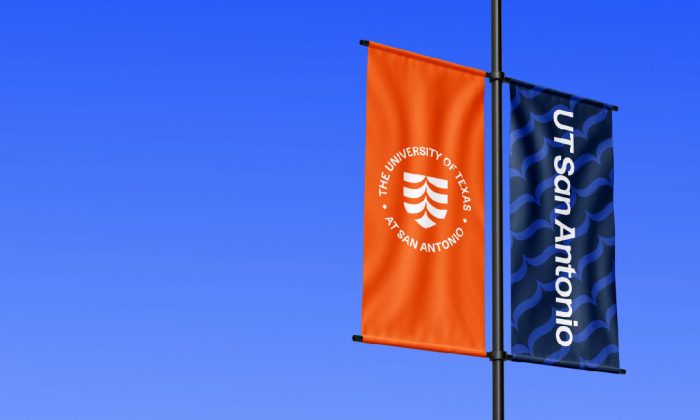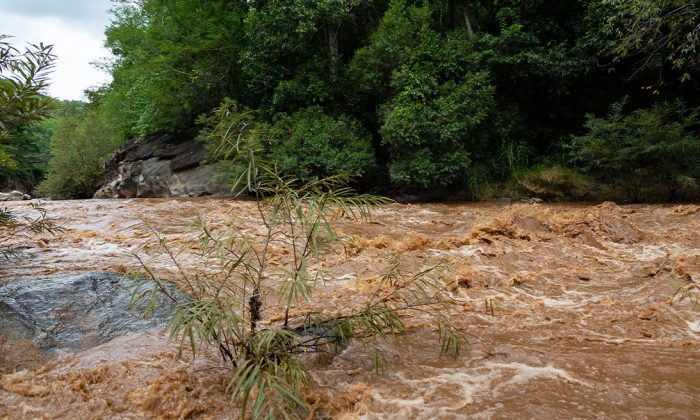One of the worst floods to hit San Antonio in recent memory occurred on June 12.
The city experienced its 10th-rainiest day on record, with more than 6.3 inches of precipitation falling in a single day. Flash flooding early that morning killed 13 people, most of them close to Perrin Beitel Road and Loop 410 on the city’s Northeast Side. Emergency services received more than 200 storm-related calls, and more than 70 water rescues were performed.
It was a heartbreaking day, and it must be a turning point.
As both a hydrologist and local resident, I sympathize with my community. This tragedy highlights the pressing need to reconsider how we perceive and control flood risk in San Antonio. Relying on conventional methods is no longer sufficient. Our approaches need to change as our climate does.
This change begins with more intelligent investment, not only in infrastructure but also in the scientific knowledge that underpins it. Undersized pipes and clogged drains are not the only causes of flooding. It is a complicated hydrologic phenomenon that is influenced by the way rainfall turns into runoff, the way water interacts with urban and terrain features, and the resilience of the current infrastructure.
The physics of flooding include flow dynamics and runoff generation, as well as how these interact with the built environment in the context of probabilistic storm scenarios.
Our flood response plan needs to be in line with current hydrologic modeling and forecasting — instruments that are locally calibrated, physically verified and scientifically based — if we are to genuinely lower risk. This entails assembling teams that are composed of community stakeholders, hydrologists, climate scientists, emergency planners and engineers. Multidisciplinary understanding is essential.
Starting a forensic hydrologic investigation into the June 12 tragedy should be a top priority. On-site physical measurements, debris patterns and high-water marks should all be collected for this study. To reconstruct what truly occurred and why, we can use these observations to calibrate a comprehensive hydraulic and hydrologic model that is powered by high-resolution rainfall data obtained from remote sensing.
This is not about assigning blame. It has about responsibility, openness and education. We can only stop similar outcomes by understanding the causes of this flood — whether they are land use patterns, infrastructure failure or unusual rainfall.
The performance of our current flood models should also be reevaluated in light of this tragedy. Have they changed to reflect the harsh realities of the climate? Do they participate in real-time decision-making? Do they represent the needs of our communities most at risk?
These are not hypothetical issues; they influence our investment decisions, preparation strategies and target audience.
Importantly, flood strategies based on science offer technical precision and long-term savings for taxpayers. We can create interventions that target risk, steer clear of expensive pitfalls and optimize public benefit when we have a better understanding of flood behavior.
To put it succinctly, we can save more taxpayer dollars and save lives.
The events of June 12 must never occur again. To honor those who have passed away, we must invest in the science, teamwork and forward-thinking technologies that will make San Antonio safer during future storms.
Hatim Sharif is a professor of civil and environmental engineering, and construction management in the Margie and Bill Klesse College of Engineering and Integrated Design at The University of Texas at San Antonio.
A version of this op-ed appeared in the San Antonio Express-News.


